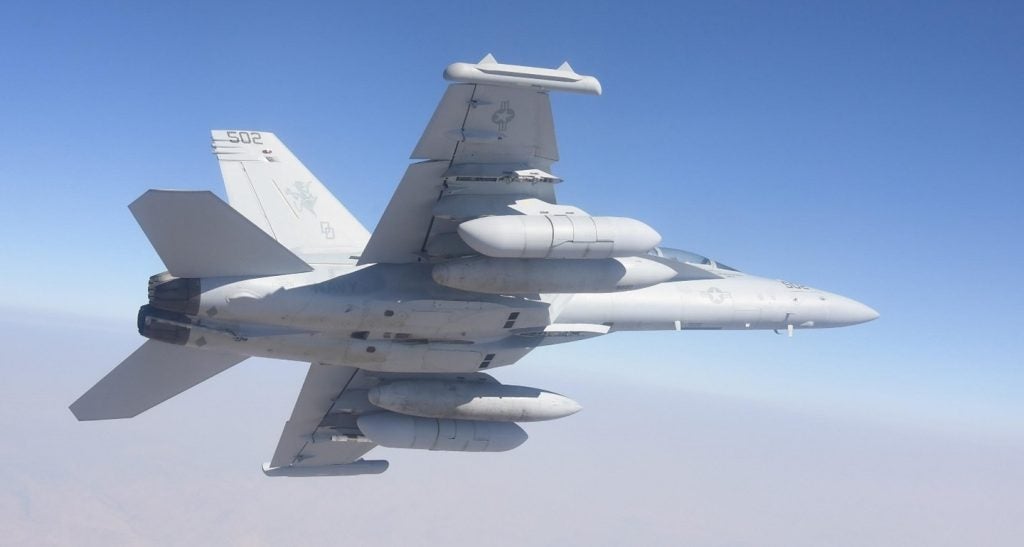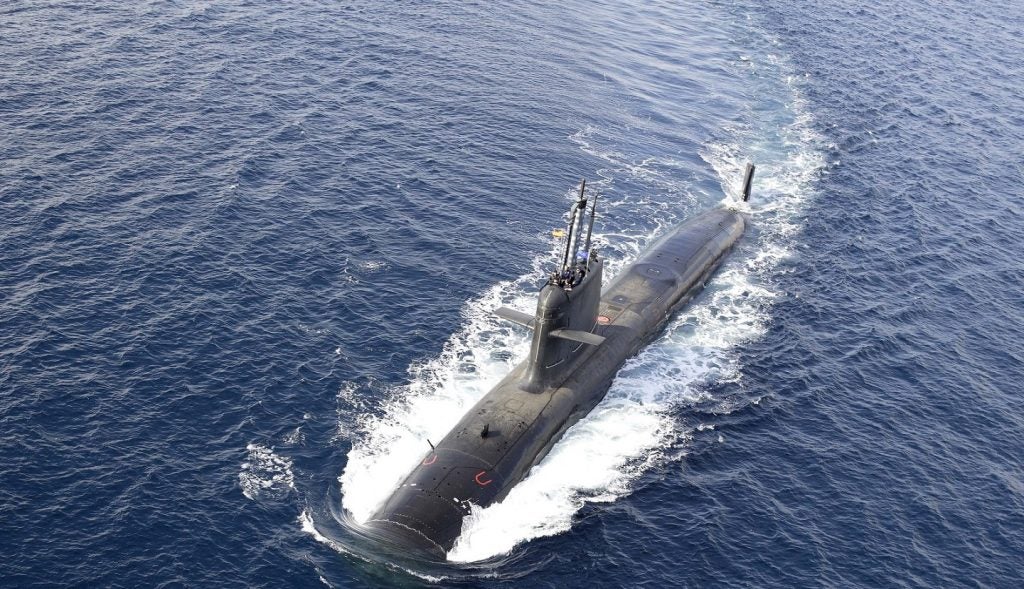The US Naval Sea Systems Command has awarded a contract to Raytheon to design and develop the pulse forming network (PFN) needed to drive projectiles off the deck of a naval warship without the use of an explosive charge or rocket motor.
Under the $10m contract, Raytheon will provide research and development of an advanced integrated power systems power load module for PFN to power future lasers, railguns or radars.
Vice president of Advanced Technology for Raytheon’s Integrated Defense Systems business Joe Biondi said: ‘This new system will dramatically change how our Navy defends itself and engages enemies while at sea.’
The multi-mission weapon system provides sufficient electromagnetic energy for the railgun projectile to travel 220 miles in less than six minutes and leave the atmosphere before hitting the target at a velocity of 5,000ft per second.
How well do you really know your competitors?
Access the most comprehensive Company Profiles on the market, powered by GlobalData. Save hours of research. Gain competitive edge.

Thank you!
Your download email will arrive shortly
Not ready to buy yet? Download a free sample
We are confident about the unique quality of our Company Profiles. However, we want you to make the most beneficial decision for your business, so we offer a free sample that you can download by submitting the below form
By GlobalDataThe electromagnetic system uses the ship’s on-board electrical power grid to fire the gun, rather than the conventional method of using an explosive charge or rocket motor to fire projectiles.
See Also:
The PFN large power system will be used on naval warships to defend and attack with pinpoint accuracy. It will provide energy pulses to store gun and armour loads and is also envisioned for hybrid-electric combat vehicles.
The railgun program manager in Raytheon’s Advanced Technology Group, John Cochran, said that the PFN system accommodates electrical power and then converts it to a pulse that is directed into the gun’s barrel.
The US Navy has also contracted BAE Systems and General Atomics to develop technologies that will enhance future railguns firing up to ten rounds per minute.
The naval power system is expected to be operational by 2025.







